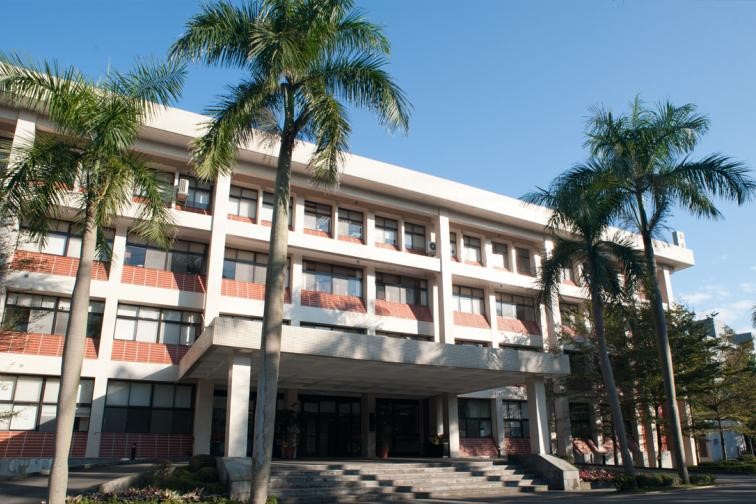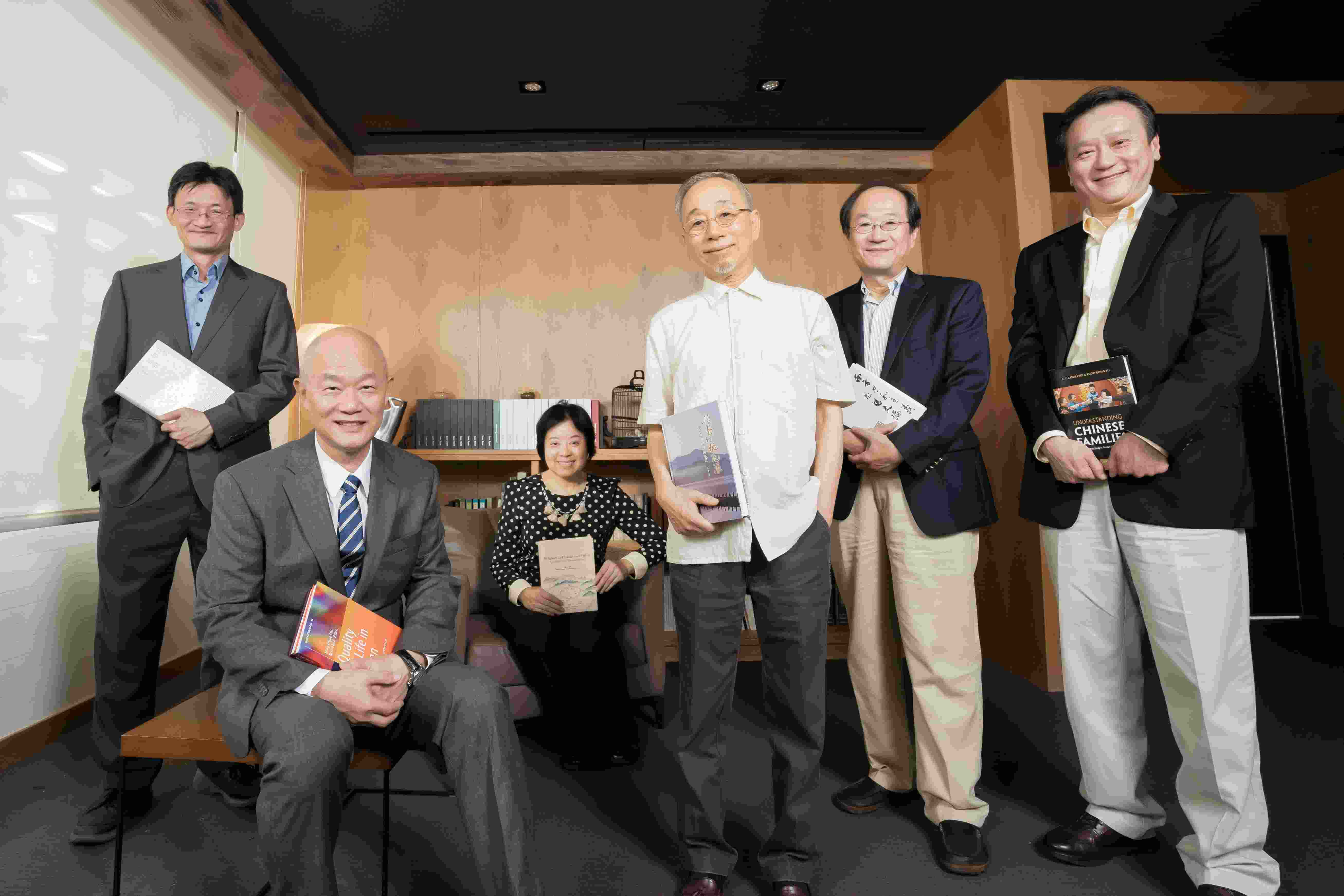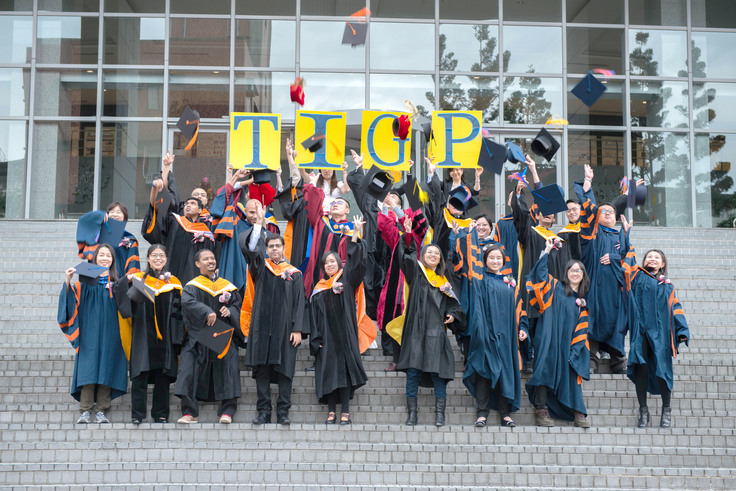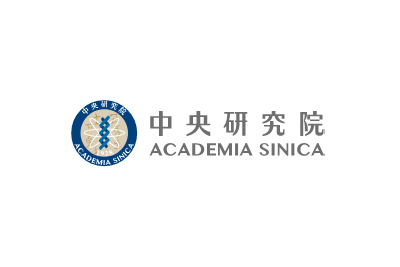- 演講或講座
- 語言學研究所
- 地點
中央研究院語言學研究所519會議室
- 演講人姓名
林若望 特聘研究員兼所長
- 活動狀態
確定
- 活動網址
Linking Semantics and Syntax: Quantifier Symmetry and Dou Distribution
Jo-Wang Lin
Academia Sinica
Abstract
This study investigates the patterns in which the Mandarin Chinese term "dou," translated as 'all,' appears within quantifier restrictors. Whereas previous inquiries have predominantly concentrated on the role of "dou" within nuclear scopes, especially concerning "mei" ('every'), its application in restrictors has been neglected. Intriguingly, quantifiers that accommodate "dou" in nuclear scopes often disallow it in restrictors. Symmetric quantifiers like "(at least) ten," "more than ten," "about ten," and "six to eight" welcome "dou" within restrictors, whereas non-symmetric quantifiers, such as "mei" ('every') and "dabufen" ('most'), do not. This article proposes that "dou" is permissible in restrictors if the quantifier allows Q(A)(B) and Q(B)(A) to be interchanged without changing the truth value. This paper suggests that "dou" is permissible in restrictors when the quantifier endorses the interchangeability of Q(A)(B) and Q(B)(A) without altering the truth value, characteristic of symmetric quantifiers, reliant on the (∩) intersection of A and B. Examination will encompass various quantifiers including "henduo,”"henshao" ('few'), proportional quantifiers, and definite determiners. These examinations corroborate the symmetry hypothesis.











 首頁
首頁

